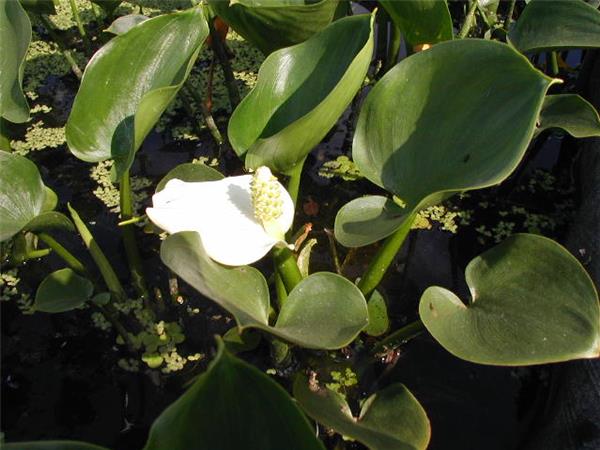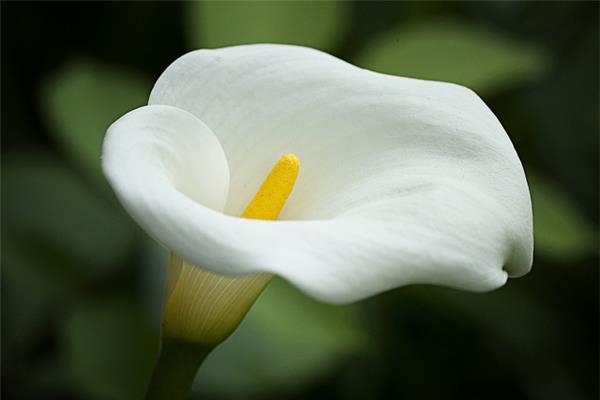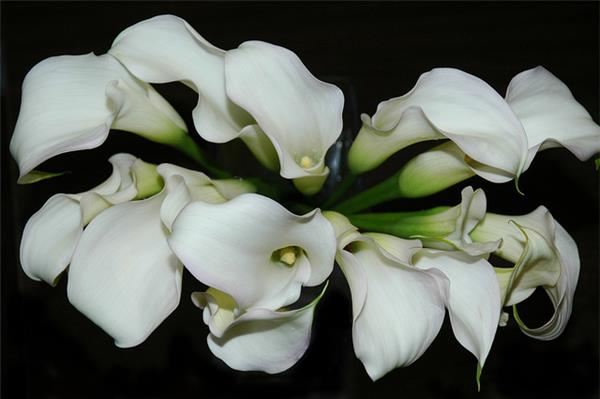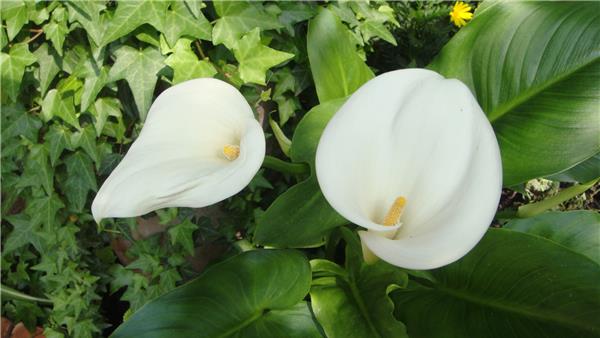How to raise water taro and how to raise water taro
The ornamental value of water taro is very high, although its plant juice contains trace toxins, but this does not prevent it from becoming one of the mainstream potted ornamental plants. Of course, in addition to watching potted plants in the house, it can also be planted on the ground.

Culture methods and matters needing attention of water taro
1. Taro requires pure varieties, strong terminal buds, no mechanical damage, no diseases and insect pests. The suitable size of taro is 25 corms per kg. When leaving seeds in the field, the plants with higher yield per plant should be selected for seed.
two。 Water taro is not suitable for continuous cropping. Taro field applies more organic fertilizer as base fertilizer, and the soil chooses fertile clayey soil. In dissolving field ploughing, a large amount of organic manure, such as stable manure and green manure, were mixed into low or unintegrated plots with a furrow width of 140 cm. In the whole cultivation process of water taro, the water depth in the field must be kept at 3-5cm.
Entering the dormant period from 3.6 to July, we should water less and create a relatively dry environment as far as possible. after all the leaves are withered and yellow, take out the bulbs, store them in a cool and ventilated place, and plant them in a pot in autumn. If the taro is not dormant, it can be maintained in a completely shaded and well-ventilated place in late June. Spray water to the ground 2-3 times at noon and afternoon every day to lower the temperature, and the taro can continue to blossom when the daytime temperature does not exceed 30 ℃.

4. Potted water taro is generally in late October, it can be moved into the room, watering can be controlled, and the room temperature is not less than 10 ℃. Wash the leaves with water close to room temperature once a week to keep the leaves fresh and green. For example, when the air is dry, apply water spray around the flowers to humidify. Pay attention to increase light in winter. In order to promote flowering in early spring, thin fertilizer water can be irrigated 1-2 times in December.
5. Pay attention to topdressing potash fertilizer, generally topdressing 5MUR for 6 times, each time at an interval of 15MUR for 20 days. On the basis of adequate application of organic matter base fertilizer, topdressing in the early stage should be light, high concentration is easy to cause "stiff seedlings", and heavy fertilizer should be applied once each from the middle of July to the middle of August. These two times need to add human potassium fertilizer.

Prevention and control of common diseases and insect pests of water taro
1. Soft rot: the soft rot detached from the plant near the surface, causing the leaves to wither upward, causing the succulent tubers to produce bony soft rot on millet, the roots also rotted, and the whole plant suddenly wilted and died. The edge of the leaf is damaged and becomes soft and wet-rotten. The pedicel was invaded, the flower turned brown, the pedicel was soft rotten and fell off, and the bacterial ☆ prohibited ☆ disease.
Prevention and control technology:
The main results are as follows: (1) during harvest, the diseased corms were removed and treated with 40% formaldehyde 55 solution for 1 hour before drying.
(2) the diseased plant was removed and burned in time, and the soil was disinfected with 40% formaldehyde 40 times solution around the diseased plant.
(3) the planting depth of tubers should not exceed 5 cm to avoid excessive water supply.
two。 Two-point spider mite: alias cotton red spider, host sunflower, taro, rose, peach, asparagus, wax plum, peacock grass, hibiscus, rose and so on. Two-spot spider mites absorb leaf juice on the back of the leaves, light leaves turn red, such as fire, heavy leaves fall.
Prevention and control technology:
(1) removal of diseased leaves and centralized treatment.
(2) spray 1000 times of dicofol, or 2000 times of 20% dicofol, or 1500 times of Icas.

In addition, water taro is most prone to aphids when it is poorly ventilated in the growing season. When insect pests occur, 1500-2000 times of omethoate emulsion can be sprayed for control, and attention should be paid to improving ventilation conditions. Water taro is vulnerable to smoke, such as put it in the coal stove cooking or heating room, often smoked, a large amount of smoke covering the leaves, will be damaged and yellowed, affecting flowering. Therefore, attention should be paid to the installation of chimneys and ventilation to prevent smoking. Therefore, we should also pay more attention to these aspects.
- Prev

Belgian Rhododendron, a Western Beauty from across the Ocean
Belgian Rhododendron, a Western Beauty from across the Ocean
- Next

[rose planting technique] the method of planting roses in the ground and potted roses
[rose planting technique] the method of planting roses in the ground and potted roses
Related
- Wuhan Hospital Iron Tree Blooming Result Was Instantly Frightened by the Gardener Master
- Which variety of camellia is the most fragrant and best? Which one do you like best?
- What is the small blue coat, the breeding methods and matters needing attention of the succulent plant
- Dormancy time and maintenance management of succulent plants during dormancy
- Minas succulent how to raise, Minas succulent plant pictures
- What are the varieties of winter succulent plants
- How to raise succulent plants in twelve rolls? let's take a look at some experience of breeding twelve rolls.
- Attention should be paid to water control for succulent plants during dormant period (winter and summer)
- Watering experience of twelve rolls of succulent plants
- Techniques for fertilizing succulent plants. An article will let you know how to fertilize succulent plants.

